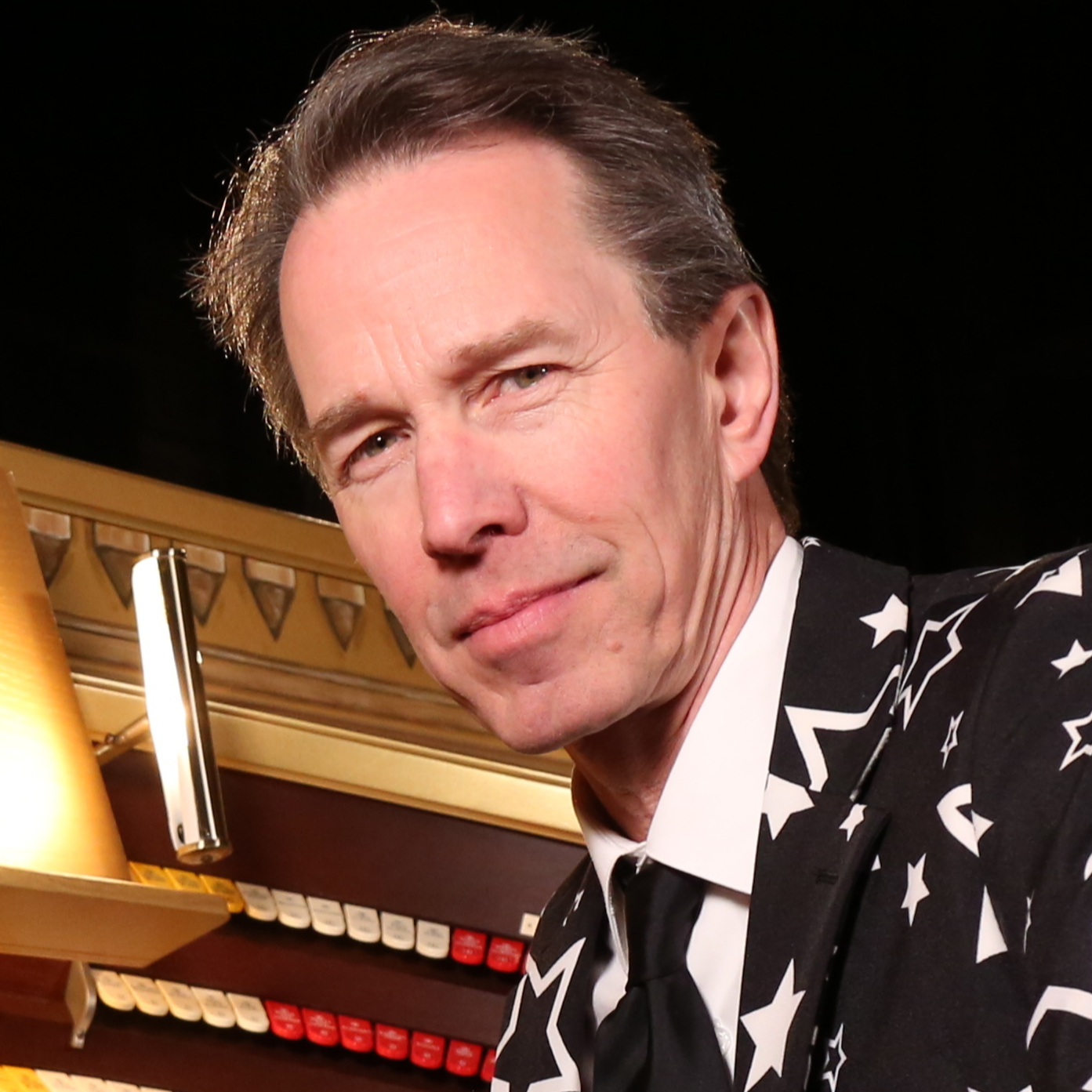Sculptor fanning Burning Man fire

This interview with sculptor Zach Coffin was originally published in 2003.
At Burning Man, the yearly gathering in the Nevada desert, art nourishes community — if it doesn't kill you first.
For example, some of the 30,000 revelers expected to attend Burning Man 2003 will relax in the shade of 6-ton slabs of granite, suspended above their heads by lengths of aircraft cable.
The Temple of Gravity will be very safe, says its creator, Atlanta sculptor Zach Coffin. On the other hand, another proposed Coffin sculpture — a massive teeter-totter with multi-ton boulders at each end — is not. Coffin calls it "the baby crusher."
Burning Man founder Larry Harvey, who is visiting Coffin's West End warehouse studio, tips back his pearl gray Stetson, looks at the baby crusher and laughs. "Yeah, " he says. "We'll build that."
Meaning, "not."
Despite the happy anarchy that typifies the Burning Man experience, there is a strong desire on the part of the organizers for the participants to survive.
Harvey also wants the spirit of the event to flourish and spread. This week he's making one of several trips to regional centers around the country to speak about art and its role in generating civic cohesion and to broadcast a few fiery seeds. He'd like to fan the flames in small Burning Man communities, where vending is verboten and creativity is the organizing principle.
Tonight at 7 Harvey speaks at Rich Auditorium in the Woodruff Arts Center, and Friday at 1 he'll speak at Emory University (in a conversation with Art Papers editor Charles Reeve). Friday evening he will attend a sort of mini Burning Man at the City View Sculpture Park in southwest Atlanta, an event co-organized by Coffin that will feature monumental installations, techno music, fire dance, a marching gamelan orchestra, performance art and perhaps a tango or two.
It's the beginning of what Harvey hopes will be a proliferating movement. "Burning Man is not a roadshow, " says Harvey, munching a bagel sandwich at a Midtown restaurant. "We can't take Burning Man here or there. But the participants can."
Burning Man was born in 1985 when Harvey, in a spontaneous act of heartache, or zeal, burned one of his sculptures on a beach in San Francisco. Participants and onlookers enjoyed it, so Harvey did it again the next year. The crowds (and the size of the wooden effigy) grew each year. Discouraged by the authorities from returning to the beach, the group moved to the blistering Black Rock Desert in 1990, effectively removing the onlookers. From that time forward, all who gathered to watch the wooden statue burn were participants, part of a community with a stake in the proceedings.
Mammoth sculptures and installations (including the 80-foot sacrificial wooden sculpture known as the Man) dot the central plaza of the desert encampment, many of them underwritten with part of the $750,000 that the organization gives to artists each year. The works serve as symbols and visual organizers that give the eclectic gathering coherence.
While the Burning Man village and its artworks disappear from the desert at the end of each Labor Day weekend, art can serve the same purposes in permanent communities, says Harvey.
"Ultimately, what we're doing is creating a new market for art, " says Harvey, 56. "We want to create a much larger community that cannot only buy art but can keep it in the public sphere."


